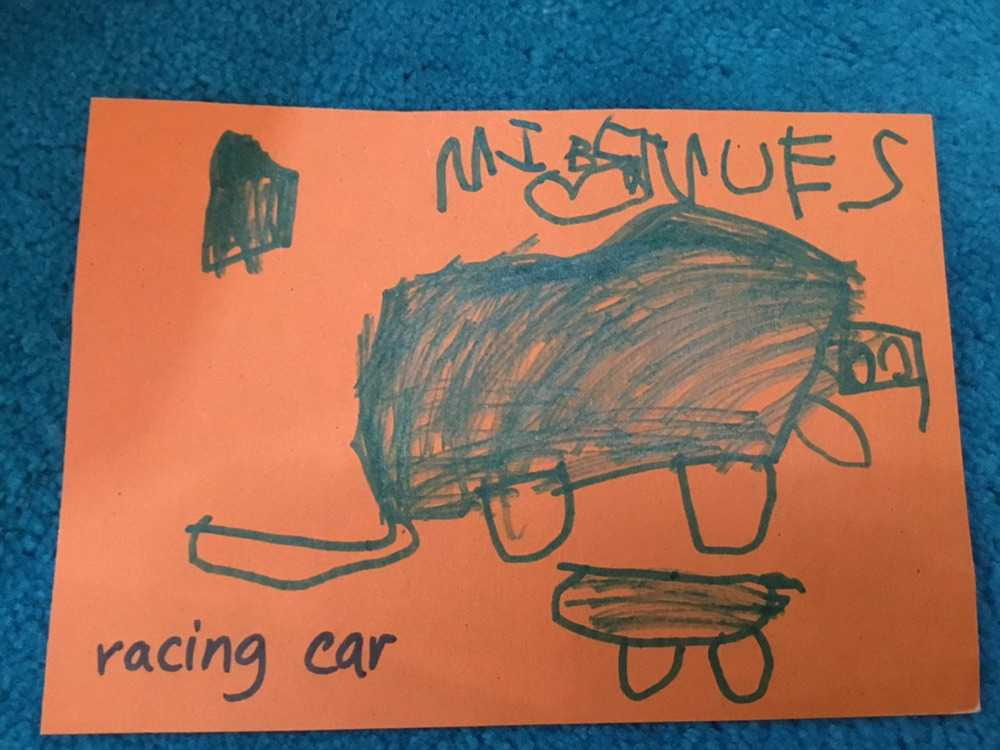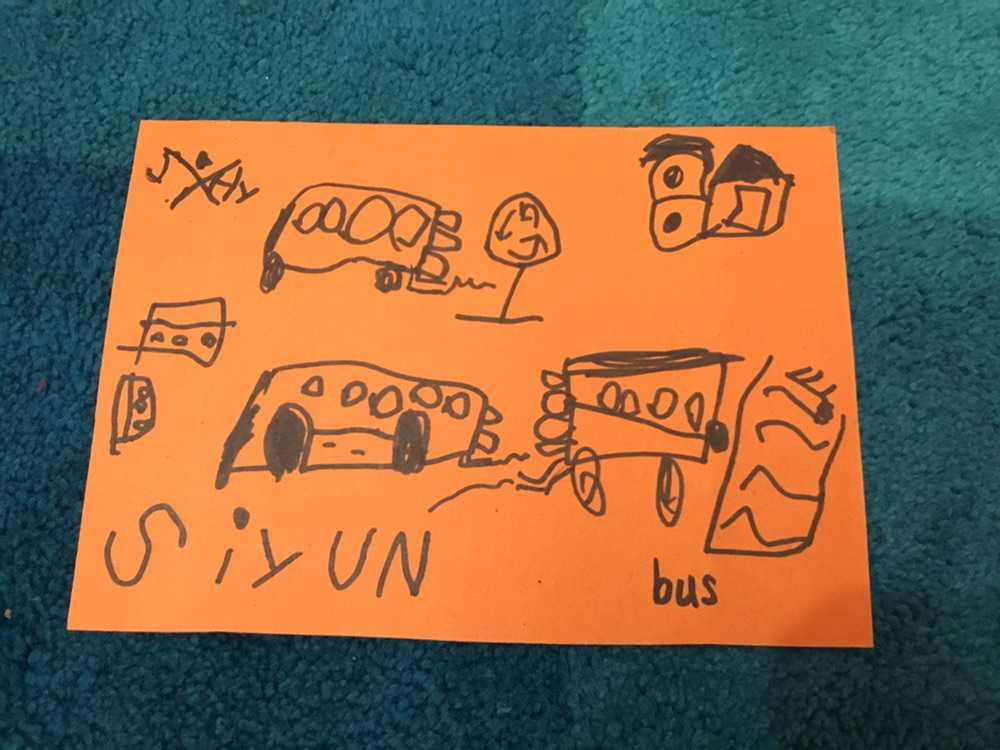Generate, Sort, Connect and Extend
We continued to talk about the different modes of transportation we use. The students watched the video on the different modes of transportation Ms. Shemo and Ms. Hannah used while on their workshop.
https://twitter.com/NISPreKK1/status/1124995562904756227
- Ruby “Two planes.”
- Lawrence “Bus.”
- Alejandra “Car.”
- Lawrence “By the train.”
- Jiwoo “Here the wings.”
- Charlotte “We go to ‘Sanya’ and ‘奥地利’[Austria] and ‘Zhuhai’. By plane.”
- Jasmine “Me and Nanjing far away to the Shanghai. We one car and four tuk-tuk and five airplanes and one car to there and then far away, five airplane and 4 tuk-tuk and three cars back and the go to Nanjing.”
- Alejandra “You know one day with my friend we went to Cambodia. First, we need to go airport and we go to airplane then we go to a taxi and then we go to a hotel.”
- Lawrence “I go to the where you went by plane.”
- Ruby “In my holiday. Australia, it’s very far away. It need 6 planes, you also need go a taxi to go to the airport an d a pane and pane … then you need to go on one train and then you need to go another taxi.”
The students continued to share their ideas about the different modes of transportation. What are some of your favourites? What do we wonder about the different modes of transport? We decided to use a thinking routine to generate our ideas. First, we drew a picture of our favourite mode of transportation.
- Si Hyun “Train signs. A bridge.”
- Jiwoo “Go there. The triangle. Car.”
- Jasmine “Sometimes I saw people bump into each other. The car go over the people. Because it’s so small, she don’t see. She is the baby. You will knock people.”
- Alejandra “I see three cars bump together. Inside have people.”
- Jasmine “Five cars bump together just bump outside. People dead, mummy cry, sad and she don’t know why people is that. Because people do that.”
- Lawrence “I see 1o cars go to the train, and the train is broken. The children is outside.”
Next, we decided how we wanted to sort the pictures.

During the conversation that followed, the students decided that they wanted to place all the airplanes on the top of the large chart paper, explaining that they ‘go in the sky’. The centre of the paper would be ‘water‘ and the bottom ‘land‘. They explained that they need a road and bike paths for the vehicles.


A group of students then painted the large chart paper. They continued to talk about the different modes of transport and the importance of ‘road and safety signs’.
We wonder how we might sort and connect our information…
Approaches to Learning (ATL’s)
Thinking Skills
Evaluating
- Organize information.
Forming decisions
- Revise understandings based on new information and evidence.
Considering new perspectives
- Practise some “visible thinking” routines.
Research Skills
Data gathering and documenting (audio recording, drawing, photographing)
- Record observations—drawing, charting, tallying—using emergent writing skills, when possible, to write comments, annotate images, and so on.
Synthesizing and interpreting
- Sort and categorize information and materials; arrange into forms or order, for example, with graphs, marks or symbols using emergent writing skills.
Evaluating and communicating
- Notice relationships and patterns.

















